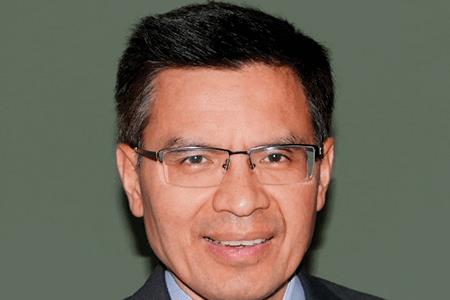Companies To Watch: Aridis Pharmaceuticals
By Wayne Koberstein, Executive Editor, Life Science Leader
Follow Me On Twitter @WayneKoberstein
An anti-infective immunotherapy developer on a mission to replace antibiotics with engineered antibodies and novel mechanisms.
SNAPSHOT

WHAT’S AT STAKE
Most middle-school kids nowadays could recite the weaknesses of conventional antibiotics — stomach aches and diarrhea, risk of fungal infections, poor matching of disease to therapy, rampaging drug resistance, and so on. And business analysts will readily tell you why the field lies barren for lack of industry interest in the discovery and development of new antimicrobials. It seems only small startup companies have the courage to take on such a risky mission with an uncertain expectation of potential rewards. When the emerging science is compelling, a company like Aridis will step forward in an attempt to raise the bar.
Everything in the business model of Aridis depends on drug mechanisms — the play-byplay pathway by which a therapeutic agent works to defeat a disease or condition. Drugs are mechanistic because diseases are mechanistic. Contemporary antibiotics target a variety of metabolic and reproductive pathways in certain bacterial species, usually with the aim of hitting the widest possible variety or spectrum. Most of the Aridis compounds in development, however, apply the company’s antibody technology to tap the power of our oldest bacterial defense: the immune system. Rather than attacking and invading bacteria directly as antibiotics do, the antibodies attach to bacteria-cell antigens to activate and orchestrate a full immune response, up to blocking bacterial toxins, as in sepsis.
Aridis “mines” the antibodies from people who have survived bacterial and viral infections through immune response or natural immunity — and from the data that identifies the particular immune cells and antibodies protecting those rare survivors. According to the company, the B-cells of people in those tiny subsets produce potent monoclonal antibodies that can be reproduced without the need for genetic engineering.
“We didn’t want to be just another developer of a second-, third-, or fourth-generation resistant class of antibiotics,” says Vu Truong, Ph.D., Aridis’ founder and CEO. “Large databases have emerged from which we can mine data, allowing us to discover and screen human B-cells faster than ever before.” The Aridis discovery platform, MabIgX, not only pinpoints the protective B-cells in a patient but also selects B-cells that are genetically stable and have high antibody productivity. “Then we have a highly engineered fusion-partner cell line that is designed to fuse with the discovered B-cell, which allows us to move directly into clinical manufacturing,” Truong says. “It is a hybridoma cell line that is stable and immortalized, and it is actually the factory that makes the drug itself. Because our method bypasses the need for recombinant DNA, we can move from patient blood to GMP clinical material in about half a year.”
Aridis’ trials generally compare the standard antibiotic treatment alone to standard plus the company’s candidate, aiming to show significant improvements in survival, symptoms, and care cost. Those parameters stand out in contrast against the background of hospital care with HAP and VAP, the initial targeted indication for the company’s lead candidate. “What we saw is a very nice, consistent trend toward clinical improvement,” Truong says. He sees irony in the public’s view of anti-infectives as commodities, considering the rapidly diminishing options in practice, the already skyrocketing costs of drug resistance, and the financial risk impeding newdrug R&D in the field.
Vital Statistics
Employees: 25
Headquarters: San Jose, CA
Finances
Total Raised: $55M
VC Rounds
High net-worth individual investors, Shenzhen Hepalink Pharmaceutical Co.
Research Partnership Funding
Nondilutive Grant Funding: (>16 grants) from NIH, DoD, BARDA et al.
Current: Cystic Fibrosis Foundation, NIH, undisclosed top-3 pharma partner, and Shenzhen Hepalink Pharmaceutical Co.
Other Partners
Outlicensed company technologies to two undisclosed pharma partners
Latest Updates
January 2017: Therapeutics development award from Cystic Fibrosis Foundation Therapeutics
January 2017: Positive clinical data from Phase 1/2a of human mAb AR-301 for treating pneumonia
